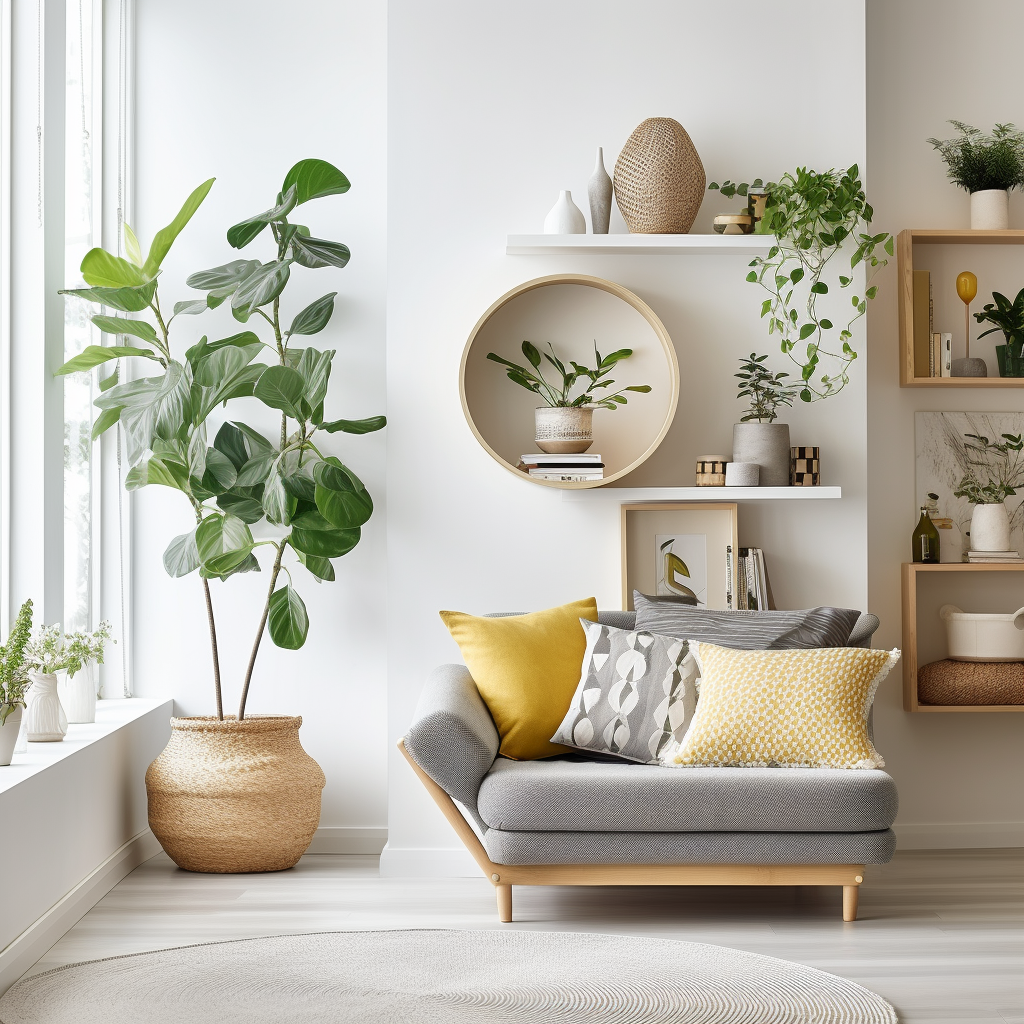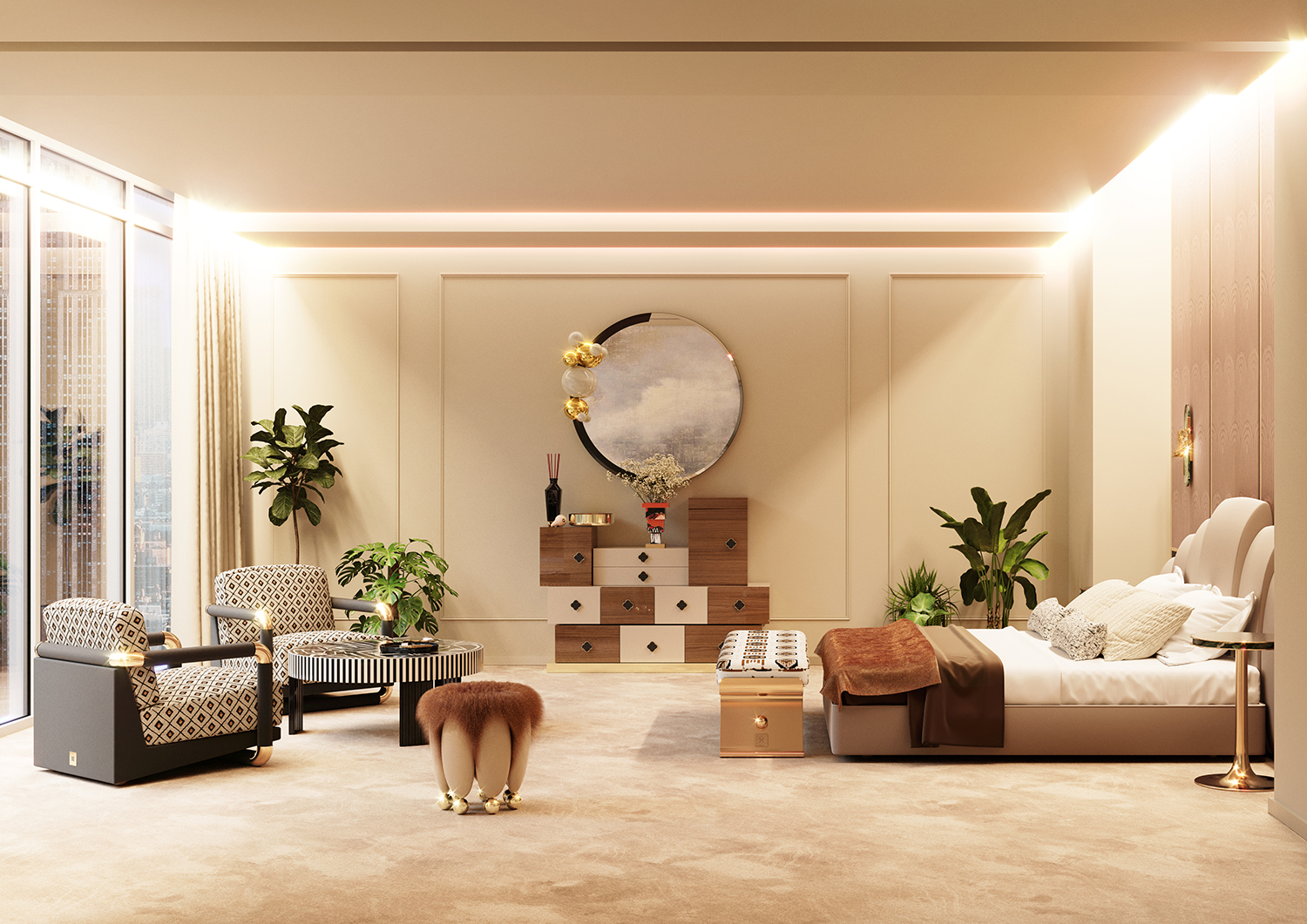Change Your Space with Expert Interior Design Miami Services
Change Your Space with Expert Interior Design Miami Services
Blog Article
Why Comprehending the Concepts of Interior Decoration Is Essential for Effective Space Preparation
Comprehending the concepts of interior decoration is essential to efficient space preparation, as it prepares for producing settings that harmonize functionality with visual charm. Important aspects such as proportion, balance, and flow are not merely ornamental factors to consider; they are important in maximizing how an area is utilized. When these principles are attentively used, the outcome is an environment that urges both efficiency and wellness. Numerous neglect exactly how these concepts intertwine with useful applications, leading to missed out on possibilities in style efficacy. Discovering this link reveals understandings that can change any kind of space.
Relevance of Space Planning
Area preparation is a fundamental element of interior style that significantly affects the performance and aesthetics of a space. It includes the strategic setup of furniture, components, and building elements to optimize using readily available area while enhancing the general user experience. Reliable room planning addresses numerous factors, including flow, accessibility, and the details needs of the residents.
Among the key benefits of room planning is its capacity to boost spatial efficiency. Interior design Miami. By attentively arranging a format, designers can make certain that every location serves an objective, reducing mess and advertising a feeling of order. Additionally, correct area planning promotes a harmonious environment, enabling seamless motion and communication within a space
Furthermore, effective space planning considers all-natural light, sightlines, and the connection in between different locations. This alternative method not just elevates the visual charm however also contributes to the health and efficiency of the residents. Ultimately, a well-executed room strategy contributes in developing a balanced and welcoming ambience, making it vital for any type of interior layout job.
Key Principles of Interior Decoration

One essential concept is balance, which can be symmetrical, unbalanced, or radial. Balanced equilibrium produces a feeling of order, while asymmetrical equilibrium provides a much more dynamic visual charm. An additional vital concept is proportion and range, ensuring that the dimension of furniture and design elements associate sympathetically to every other and the overall room.
Shade theory additionally plays a significant function, influencing state of mind and perception. Designers utilize shade combinations to stimulate details feelings and boost the spatial experience. Furthermore, the concept of rhythm entails creating a sense of activity via rep of patterns, colors, or forms, leading the eye throughout the space.
Finally, the concept of focus directs attention to focal points, allowing for a clear narrative within the layout. Interior architecture Miami. By sticking to these vital principles, interior developers can develop settings that not just satisfy practical requirements but additionally reverberate with the occupants on a psychological level
Influence On Performance and Circulation

The arrangement of furnishings, the choice of products, and the integration of technology all play essential roles in attaining optimal capability. Placing seating areas in closeness to work areas can facilitate communication and cooperation, consequently enhancing performance. Additionally, making certain that pathways are clear and unobstructed permits for effective motion, lowering congestion and promoting a natural flow throughout the space.
Moreover, incorporating elements such as lights and shade can even more help in delineating locations, making it much easier for people to navigate their environment. Thoughtful area preparation thinks about not just the physical aspects of design however additionally how individuals engage with their environments. Ultimately, an emphasis on performance and flow not just improves the customer experience however also raises the general efficiency of the space, creating a setting that meets the needs of its residents while promoting a sense of consistency and balance.
Enhancing Looks and Mood
3 crucial elements-- shade, lights, and appearance-- play crucial duties in enhancing the appearances and mood of an interior space. Color establishes the emotional tone; warm colors like oranges and reds stimulate power and warmth, while cooler shades such as blues and greens advertise calmness and peace. Selecting a harmonious shade combination can change a space, creating a cohesive and aesthetically appealing atmosphere.
Appearance adds depth and interest, contributing to the tactile experience within an area. A mix of structures-- smooth surface areas, plush fabrics, and all-natural materials-- can produce aesthetic Visit Website intrigue and improve comfort. For example, combining a soft velvet sofa with a smooth glass coffee table can produce a well balanced visual that invites communication.
Lights, commonly a neglected element, dramatically influences state of mind. All-natural light fosters an open, airy ambience, while strategically put synthetic illumination can develop heat and highlight building features. Dimmer switches allow versatility, enabling for modifications to fit numerous activities or times of day.
Incorporating these 3 aspects thoughtfully not just raises the aesthetic appeal of a room but additionally cultivates additional hints an ambience that resonates with its designated purpose, inevitably enriching the general experience for its owners.
Practical Applications in The Real World
Using interior style concepts in reality requires a thoughtful approach that incorporates shade, structure, and lights right into day-to-day areas. By understanding how these components collaborate, individuals can create environments that are not only aesthetically appealing yet also practical and harmonious.
For circumstances, in a tiny living area, utilizing a light shade combination can make the area really feel bigger and more open. Strategic use of mirrors can improve natural light and create an illusion of deepness. Including various structures via textiles, such as pillows and rugs, can add warmth and rate of interest without overwhelming the senses.
Lights plays an essential duty in specifying the atmosphere. Split lighting, being composed of ambient, job, and accent alternatives, allows flexibility in mood settings. In an office, for instance, a combination of all-natural light, desk lights, and decorative components can boost performance while preserving a welcoming setting.
Furthermore, comprehending spatial connections and Continue furnishings setup can lead to enhanced capability. By adhering to principles such as equilibrium and proportion, one can ensure that spaces serve their intended objective while continuing to be aesthetically pleasing. Generally, functional applications of indoor style concepts significantly boost the livability and appeal of any kind of atmosphere.
Conclusion
In conclusion, understanding the concepts of interior decoration is essential for reliable space preparation, as it fosters a balance between functionality and looks. By using crucial principles such as percentage, shade concept, and flow, designers can develop environments that improve both usability and aesthetic allure. Ultimately, this expertise adds to the advancement of areas that not only meet useful needs yet additionally raise the general environment, causing more effective and enjoyable experiences for individuals.
Comprehending the principles of interior style is fundamental to effective space preparation, as it lays the groundwork for creating environments that integrate capability with aesthetic appeal.Space planning is a basic facet of indoor layout that substantially affects the capability and appearances of an area. Furthermore, proper space preparation cultivates an unified setting, permitting for seamless activity and interaction within a room.
Additionally, the principle of rhythm involves producing a sense of activity via rep of shades, patterns, or shapes, guiding the eye throughout the space.
In conclusion, comprehending the principles of interior design is crucial for effective space preparation, as it promotes a balance in between capability and appearances.
Report this page